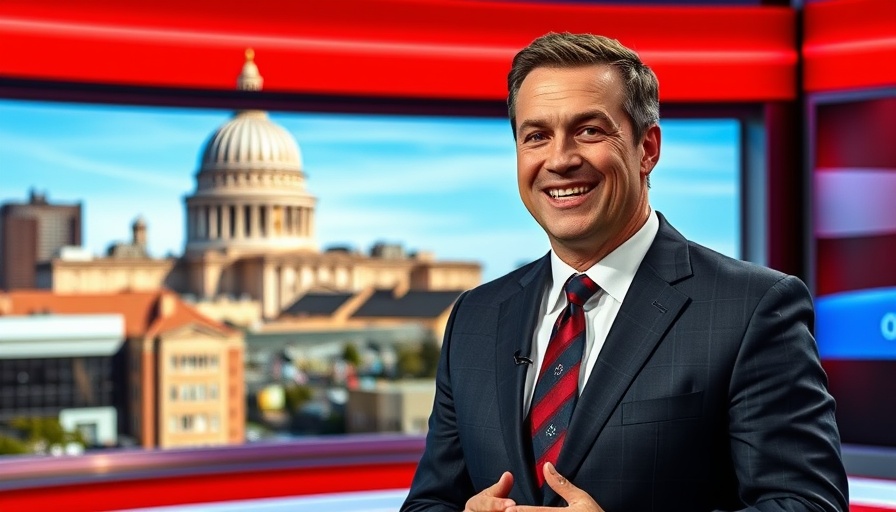
A Tumultuous Time for Democrats
In the wake of unprecedented chaos—from lawmakers being shot to nationwide protests—a palpable tension hangs over the Democratic Party. After the violent altercations of Minnesota lawmakers and dramatic protests against the Trump administration, Democrats are faced with an urgent need to rethink their strategy as they navigate a political landscape riddled with unrest.
Struggles Within the Party
“Well,” one senior Democratic strategist confided, “my wife and I are having a fight about me going back to the field in the midterms.” This personal turmoil encapsulates a larger struggle within the party. As officials grapple with the implications of recent events, fears about public perception and efficacy loom large. The party is trying to balance its response to a crisis that puts them under the scrutiny of an already restless electorate.
Responding to the Current Climate
David Axelrod, former chief strategist to President Obama, highlights the critical challenge of translating frustration into action without appearing radical. “The reality is… you win elections, you go to court,” he states. Moving forward, Democrats must find a way to engage the public through traditional means, while at the same time harnessing the momentum of public protests that have captivated millions.
Understanding the Protest Landscape
The weekend's “No Kings” protests drew an estimated 4-6 million attendees, signaling widespread discontent with the current administration. Yet, how should Democrats position themselves in this heated environment? Activism can be a double-edged sword; while aligning too closely with volatile protests risks PR disaster, inaction can lead to feelings of ineffectiveness. It’s a delicate balancing act as the party attempts to demonstrate commitment to change without compromising its image.
Building Connection with Constituents
Engaging constituents is now more critical than ever. As violence disrupts political norms, voters increasingly demand accountability. With many feeling helpless in a purview of chaos, Democrats must demonstrate that they are both the solution and the voice for change. “People want action and they want to see genuine responses,” notes a Democratic candidate from a battleground state.
Political Strategy for 2025 and Beyond
As the midterm elections approach, Democrats have to answer pivotal questions: how do they transform frustration into votes? How do they modernize their approach to connect with a volatile electorate? The risk lies in being perceived as unmoored or disconnected. With right-leaning media framing Democratic protests as chaotic, the party must tread carefully, crafting narratives that resonate yet do not appear desperate.
Future Predictions: Can Democrats Adapt?
The future for the Democratic Party hinges on its ability to adapt to rapidly changing circumstances. Axelrod wisely cautions against becoming erratic. “Don’t do what your opponent wants,” he warns—an admonition that the party must heed as it strategizes its political maneuvers. By grounding their identity in stability and reliability, while also capitalizing on public sentiment, Democrats can navigate this turbulent moment.
The Importance of Digital Engagement
In a world dominated by social media, effective communication becomes essential. As thousands gather to rebel against established norms, Democrats have a golden opportunity to leverage these platforms for outreach. Research shows that engagement through social media can lead to greater voter turnout—an essential component for electoral success in a post-pandemic landscape.
Conclusion: A Call to Action for Unity
Ultimately, this moment is a clarion call for Democrats. It demands unity—a coalition that reinforces common goals and shared values, embracing grassroots movements and fostering connections that bridge divides. By addressing these pressing challenges with strategic foresight and coherence, the party can elevate its position and galvanize support for a more inclusive future.
 Add Row
Add Row  Add
Add 



Write A Comment